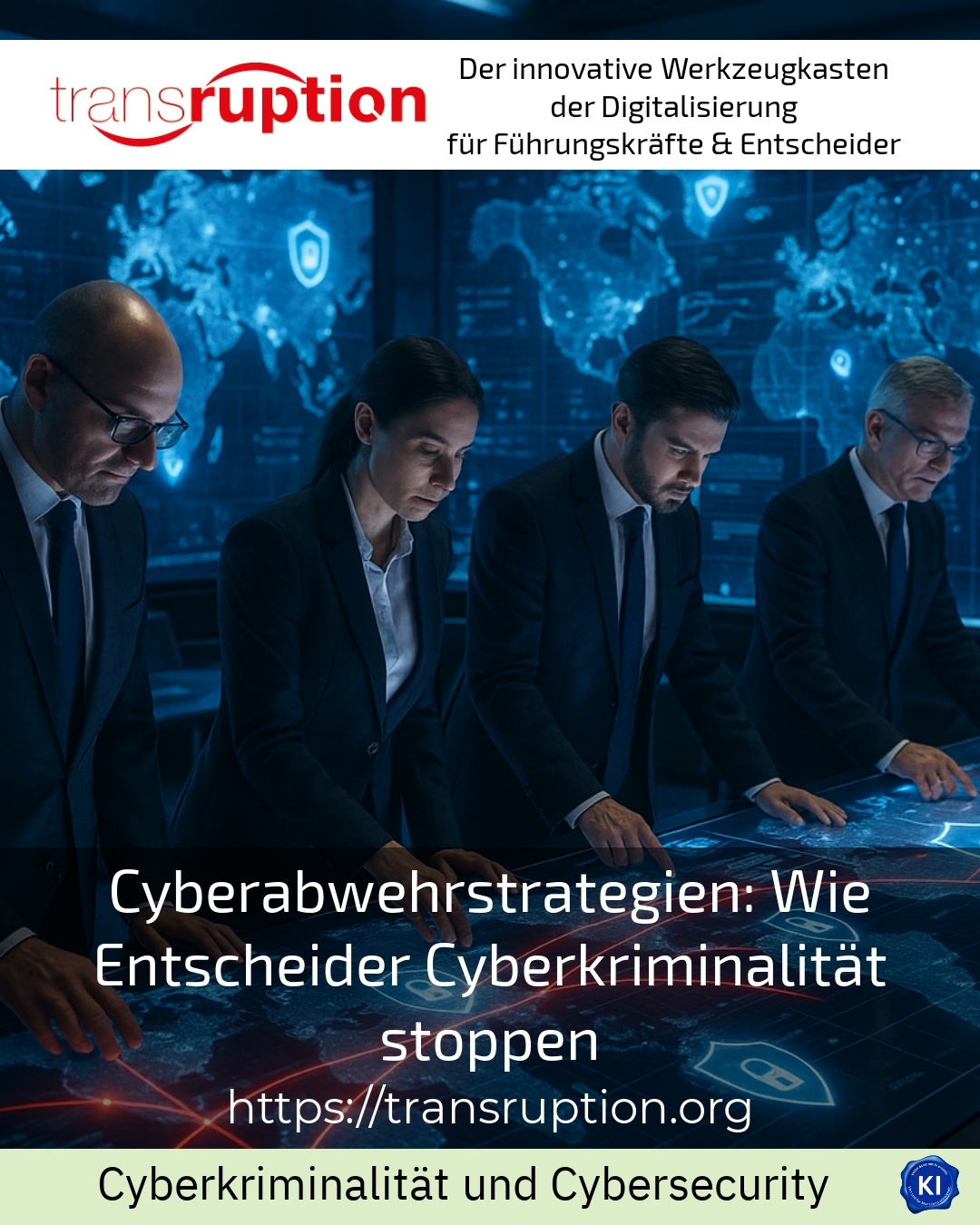In an increasingly digitalised world, cyber attacks are becoming more complex and more frequent. It is essential for decision-makers to develop effective Cyber defence strategies in order to protect companies in a targeted manner and stop cybercrime in the long term. These strategies include not only technical measures, but also organisational and personnel aspects that together strengthen digital resilience.
Basics for successful cyber defence strategies
A solid basis for effective Cyber defence strategies is the comprehensive risk analysis. Decision-makers analyse where vulnerabilities exist in the system in order to be able to react to them in a targeted manner. The IT infrastructure is checked with regular penetration tests in order to identify and close potential attack surfaces. This also includes the consistent implementation of access rights according to the principle of least privilege as well as multi-factor authentication, which makes unauthorised access more difficult.
An example from the manufacturing industry shows how finely tuned access controls and network segmentation together prevent malware from spreading quickly throughout the entire network. At the same time, these measures make it possible to quickly isolate affected areas in the event of an attack.
Responding quickly to threats is crucial in the financial sector. By continuously monitoring log data, IT security managers recognise unusual activities at an early stage and can often fend off attacks before damage occurs.
But technical measures alone are not enough. Clients from the retail sector often report that employee training is their most effective support in cyber defence. After all, people remain one of the biggest risks in the cyber security concept.
Employee training as a central component of cyber defence strategies
Phishing, social engineering or the accidental opening of malicious attachments are frequent gateways. This is why it is important for managers to regularly sensitise their staff. In addition to technical basics, the training courses provide recommendations for action in everyday working life and raise awareness of how to deal with digital dangers.
BEST PRACTICE at the customer (name withheld due to NDA agreement): In a medium-sized IT service company, phishing attacks became significantly less successful after targeted awareness programmes and employees developed a higher level of competence in dealing with cyber threats.
In the logistics sector, too, regular training led to increased security when handling mobile devices and sensitive data. This has significantly reduced the risk of data leaks.
Many decision-makers from the service sector report how important it is to receive continuous training in order to understand current threats such as new ransomware variants and to apply preventive measures correctly.
Technical safeguards and proactive crisis management
In addition to training, technical solutions are a mandatory component of solid cyber defence strategies. Firewalls, antivirus programmes and regular software updates are among the basics. Modern approaches such as a zero-trust model minimise security gaps by strictly checking all access to resources regardless of location.
BEST PRACTICE at the customer (name concealed due to NDA contract): A global retail company implemented multi-factor authentication and segmented its network. This enabled attacks to be limited locally and operations to be secured, even if individual systems were compromised.
Close collaboration with external cybersecurity experts helps many companies to stay at the cutting edge of technology and respond appropriately to changing threat situations.
Preparation for emergencies is also a key factor. Many industries have reported how assistance plans and rapid response mechanisms bring enormous benefits in the event of damage. Contingency plans ensure structured processes, prevent panic and enable systems to be restored quickly.
How decision-makers stop cybercrime - through collaboration and sustainable concepts
The topic of cyber defence strategies is becoming increasingly important for many sectors. Decision-makers from public authorities, industry and trade rely on dialogue with security authorities and private partners in order to identify threats at an early stage and take joint countermeasures.
An example from the public sector shows how close cooperation with law enforcement agencies and IT security authorities improves the protection of critical infrastructures. Through information sharing and joint training, attacks are recognised and defended against in a more targeted manner.
Networks are also important in the media industry. Regular security conferences and cooperation with cybercrime experts help to make abstract threats tangible and discuss technical and organisational measures.
Networked production facilities are particularly vulnerable in the automotive industry. For this reason, comprehensive cyber defence strategies are being developed here that cover not only technology but also supply chains and partners in order to minimise security gaps along the entire value chain.
My analysis
The development and implementation of sophisticated Cyber defence strategies is essential for companies today. The combination of technical protection, intensive employee training and emergency preparedness offers comprehensive protection. Decision-makers who focus on sustainable concepts and collaborative partnerships can significantly reduce the risks posed by cybercrime. With this holistic approach, digital threats can be better recognised, prevented and effectively countered in the event of an emergency.
Further links from the text above:
Effective implementation of cyber security measures
Cyber security prevention measures for corporate clients
Cybersecurity Day: Cybercrime as a key threat
Measures to protect against cybercrime
BKA recommendations for action in cybercrime cases
For more information and if you have any questions, please contact Contact us or read more blog posts on the topic TRANSRUPTION here.
















